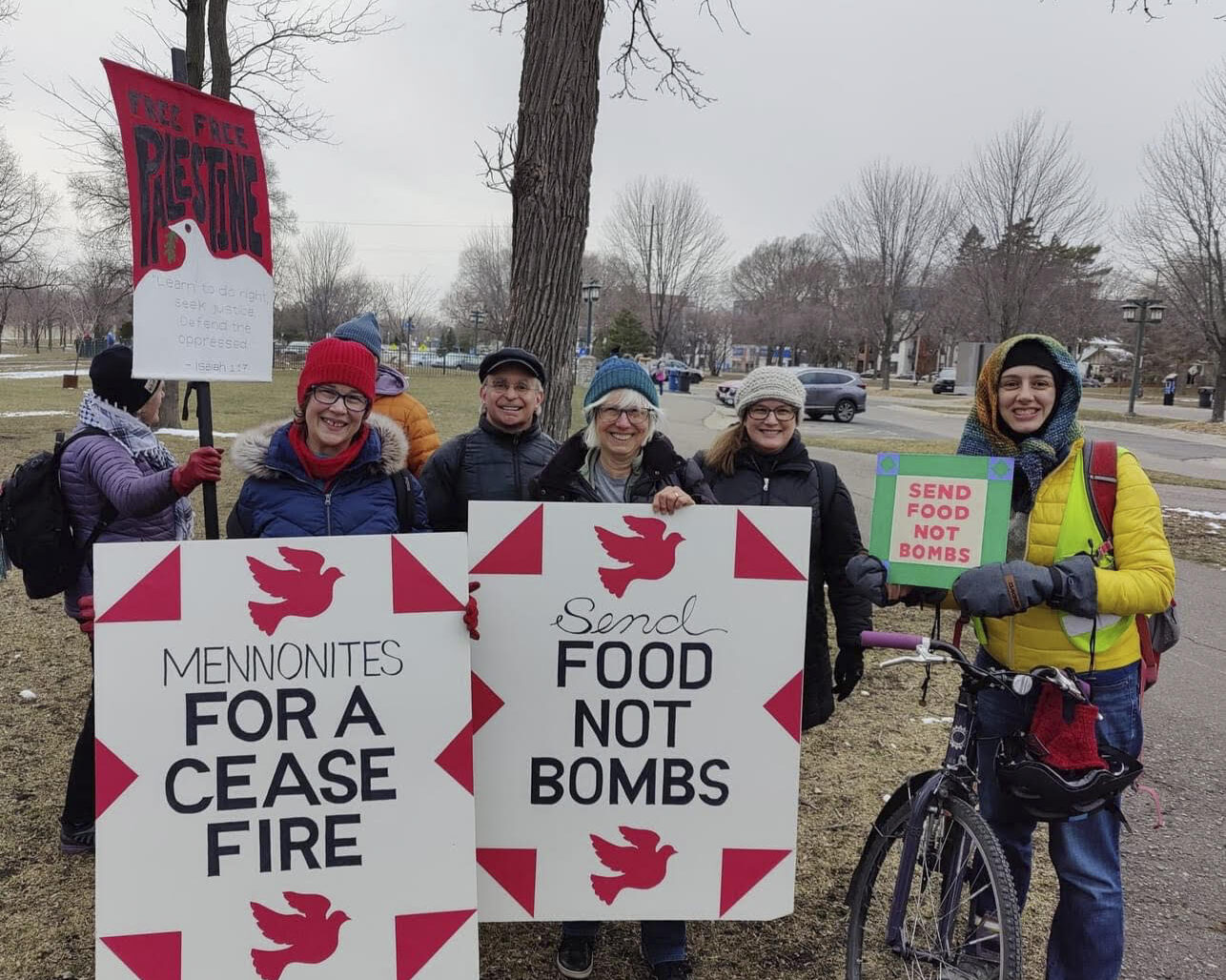The recent movie “Philomena,” which has had tremendous box office success, focuses on the plight of an unmarried Irish woman seeking the son taken from her at birth. But before the movie was made, Catherine Corless, a married mother of four children, had discovered that between 1925 and 1961 a total of 796 children died in the St. Mary’s Mother and Baby Home in Tuam, Ireland, which was run by nuns. In September 2013, Corless announced that she was trying to identify the skeletons of children’s bodies found in a disused septic tank in a corner of the Home’s garden. The following information is from The Guardian Weekly of June 2014.
A Dublin journalist became interested in the story and, eventually, it generated both national and international coverage. Ireland’s prime minister, Enda Kenny, stated that for decades women who had children outside marriage were treated as “an inferior sub-species” in Ireland, and in June the government launched an inquiry into what happened in Tuam and in other such homes across the country.
Catherine remembers the Tuam Home, especially the 9-foot high wall that enclosed it, and the “broken glass cemented into the top of the walls … The kids couldn’t get out. I would have been 6 or 7. I remember the kids going to school—the noise of them marching in their big clogs.”
There were children from the Home at her convent primary school. She remembers the nuns’ coldness towards these children, a coldness that bred disrespect among the other school children, including herself. “People remember being told by the nuns that they would be put beside a Home baby if they didn’t behave themselves. They only displayed that these children were different. They were born illegitimate, therefore they were bad,“ she said. She feels that the nuns should have handled the situation with kindness instead of humiliation.
At the local registry in Galway, she found hundreds of the children’s death certificates: some from children’s diseases such as measles and whooping cough but others from less serious complaints such as laryngitis or abscesses—conditions that might indicate neglect.
Corless indicts the Catholic Church for its policy toward the mothers of the children. “People say that families were wrong to throw out their daughters (when they became pregnant outside marriage). I agree with that. But it must not be forgotten that the church put those laws in place, saying that sex outside marriage was sinful. They blamed the women—they didn’t blame the men who did it, just the women from leading them on. They got that into the mindset of the people. They would preach it every Sunday at mass, so that families would feel ashamed to show a pregnant daughter. I blame them for that—for putting women through so much misery, and ostracizing them if they became pregnant outside marriage. Then for their children to be ostracized as well—that, to me, was a crime.”
Although raised Catholic, Corless no longer describes herself as religious, saying, “I am very very angry with the Catholic church.”
When her research became headline news, she was invited to meet with the nuns of the Bon Secours order responsible for the Tuom Home. They attributed the children’s deaths to famines.
Her ultimate goal is to raise enough money to create a memorial with a plaque bearing the name of each child whose identity has been established.























